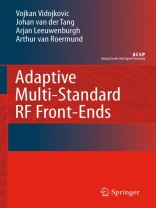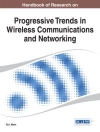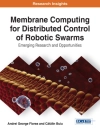N this information era people are living in a society in which processing, ?ow and Iexchange of information are vital for their existence. Two major issues in such so- ety, which are related to ?ow and exchange of information, are connectivity and mobility. On one hand, computers and Internet provide connectivity and allow communication as well as fast access to large amounts of information. On the other hand, wireless techno- gies bring mobility. People can move and still be able to communicate and have access to various kind of information. Therefore, the functioning of an information society is unthinkable without the use of computers, Internet and wireless technologies. The exp- tations are that in the future they will merge into a unique system for communication, access to information as well as their exchange and processing. The era of wireless communications started in 1901, when Guglielmo Marconi s- cessfully transmitted radio signals across the Atlantic Ocean. From that moment up to now wireless communications experienced explosive growth and became the fastest growing ?eld in the engineering world. Pushed by customer requirements, new wireless techno- gies have been emerging very fast. Each new generation of wireless technologies have brought new features and more complexity. Pushed by market forces to reduce costs, the semiconductor industry has provided new technologies for solid-state circuits implem- tation. Fortunately at the same time with the cost reduction, performance of new te- nologies has been improving.
Spis treści
Front-end architecture selection.- Broad-band polyphase filters.- Analysis of low-IF architectures.- RF and building block specifications.- A low-voltage folded switching mixer.- Multi-band reconfigurable complex mixer.- Reconfigurable multi-band LNA.- Reconfigurable multi-band RF front-end.- Conclusions.












